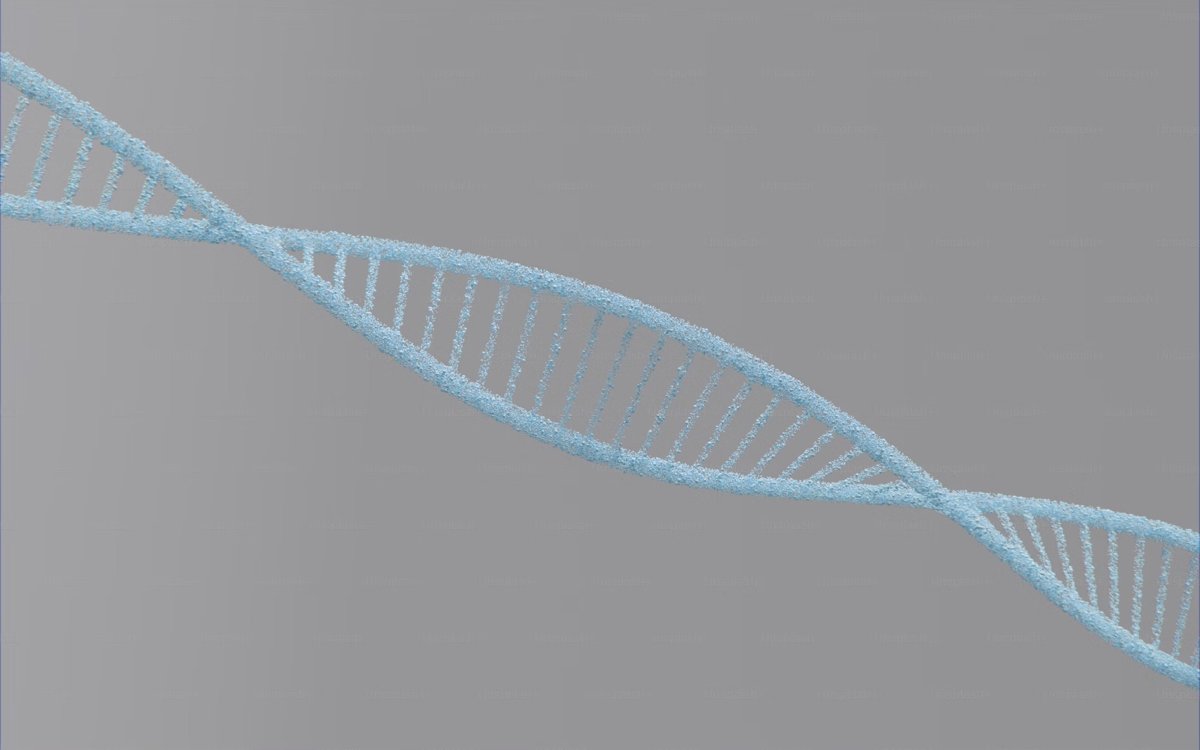The discovery sheds light on how a small genetic variation may have helped Homo sapiens develop complex language abilities.
The research centers on the NOVA1 gene, which plays a crucial role in brain development and is present in many animals. However, a specific version of this gene, found only in humans, appears to regulate vocalization-related genes in unique ways. By introducing this human-specific NOVA1 gene into mice, scientists observed changes in the mice’s communication patterns – particularly in how infant mice called to their mothers.
“We thought, wow. We did not expect that. It was one of those really surprising moments in science,” said Professor Robert Darnell, lead researcher at Rockefeller University.
Mice with the humanized NOVA1 gene emitted higher-pitched squeaks and produced a different mix of vocal “letters” compared to ordinary mice. In their natural state, baby mice produce ultrasonic squeaks categorized by scientists into four basic types – S, D, U, and M. However, in the modified mice, some of these elements changed entirely, suggesting that the human gene directly impacted vocal behavior.
As the mice grew, the differences became even more evident, particularly in male mice during mating calls, which were more varied and pronounced. According to the researchers, these vocal changes indicate that the human NOVA1 gene may have helped shape early language development by influencing how sounds are formed and perceived.
Importantly, this specific variant of the NOVA1 gene is not found in Neanderthals or Denisovans – ancient human relatives. The researchers noted that the human version causes an amino acid change known as I197V, which may have provided Homo sapiens with a distinct evolutionary edge in communication.
“This genetic change might have been crucial in allowing Homo sapiens to develop sophisticated communication skills, distinguishing them from other species,” said Darnell. “It raises the possibility that advanced communication gave our ancestors an advantage in survival and adaptation.”
The study not only broadens scientific understanding of the genetic foundations of language but also opens potential avenues for medical research, particularly in neurological development and speech disorders.
Earlier, scientists from Shanghai Jiao Tong University successfully created mice using genetic material from two male parents. For the first time, these mice developed into healthy, fertile adults capable of producing offspring, marking a significant milestone in reproductive and genetic research.
